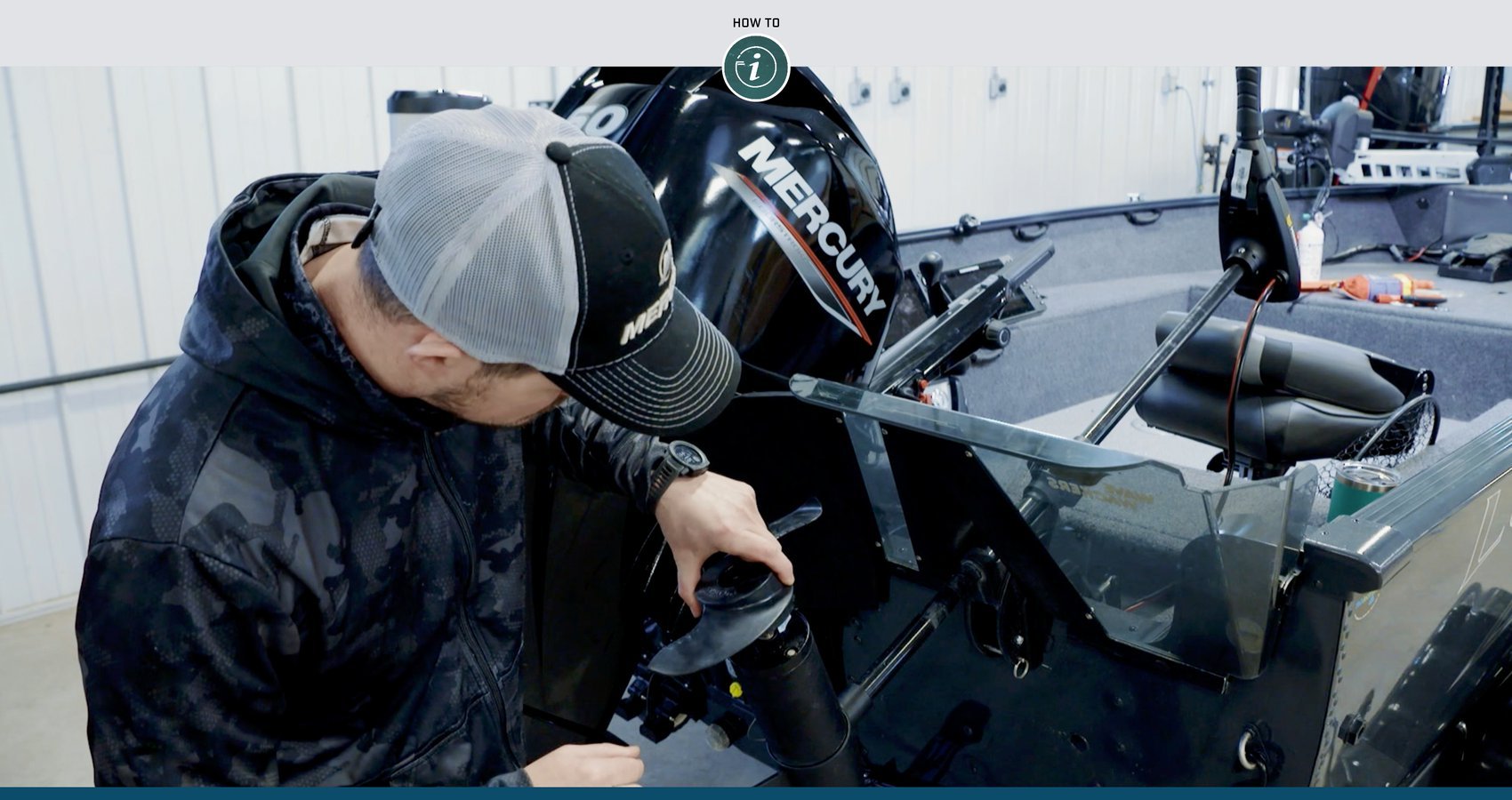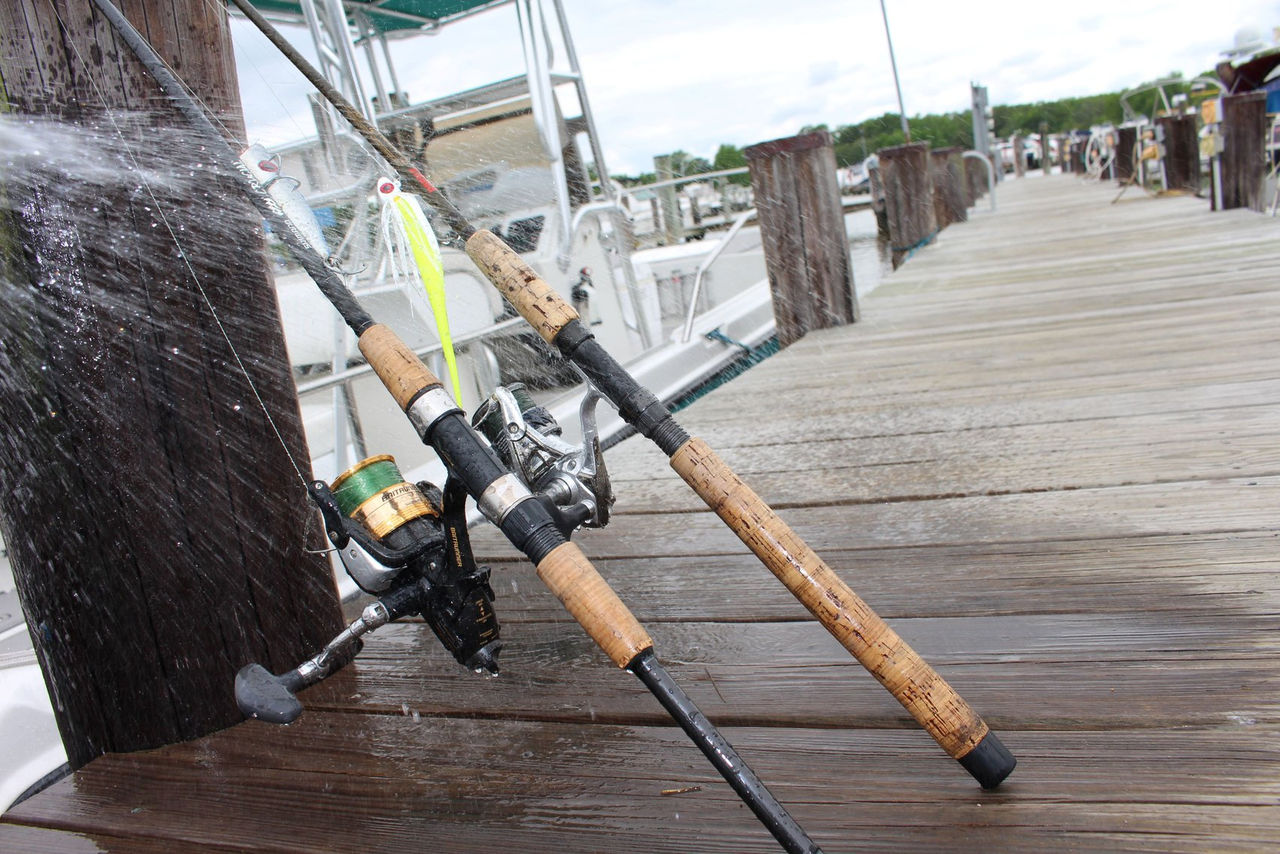Quality fishing reels don’t come cheap, and the best way you can protect that gear and ensure years of fishing enjoyment to come is to keep your reels clean. In fact, cleaning your reels is a maintenance job number-one. If your reels are allowed to get dirty, grit and grime will work its way into their moving parts. Then, it’s just a matter of time before damage occurs.
Cleaning Freshwater Fishing Reels Versus Cleaning Saltwater Fishing Reels
Regardless as to whether you fish in freshwater or saltwater, the basics of cleaning your reels will be the same with one very big and very important exception: it’s critical to give reels a thorough wash-down with soap and freshwater after each and every use in the saltwater environment. This doesn’t merely mean rinsing them off — that’s part of the procedure regardless of where you use your reels. You need to take it a step farther and wipe them down with a soapy rag, to be sure all the salt and minerals that remain on the reel after the saltwater dried up get removed completely.
Steps for Cleaning a Fishing Reel After Use
Follow this simple five-step procedure after every fishing trip. You should also clean off your reels if they sit unused for more than a few months at a time, and begin gathering dust.
1. Tighten down on the drag, to prevent water intrusion.
2. Rinse off the reel with a gentle spray. Never blast the reel with a pressurized stream of water, because that can force water inside of the reel.
3. Allow the reel to air-dry, or towel it dry.
4. Spray a quality corrosion-inhibitor/lubricant onto a clean rag until part of it is saturated, and then use it to wipe down the reel’s metal parts.
5. If it’s a spinning reel, remove the drag cap and the spool. Then use the rag to wipe down the undersides of both, because a lot of grit and grime can collect there.
Steps for Deep-Cleaning a Fishing Reel
Either every few months or seasonally, depending on just how often you go fishing, you should also give your reels a deep-cleaning treatment. Also be sure to follow this process if you begin to hear any unusual grinding noises during use, if the reel feels like it’s harder to crank, or if the spool doesn’t seem to revolve as smoothly as it once did.
1. Remove the reel from the fishing rod, and wash down the foot of the reel (the section that mounts to the reel seat on the rod).
2. Clean the reel as indicated above.
3. Remove the handle, wipe its metal parts clean with your saturated rag, and give it fresh lubrication as per the manufacturer’s recommendations.
4. Remove the reel’s side-plate, clean out and old or excess lubricant that may be present, and replace it with fresh lubricant as per manufacturer’s recommendations. Note: in the case of conventional reels, this will also give you access to parts of the spool and the driveshaft that aren’t as easy to get to as they are in a spinning reel. Depending on the nature of the reel this may also allow you to clean and lubricate parts like the spool bearing and clicker assembly. It’s critical that when cleaning these parts, you follow the manufacturer’s recommended lubrication procedures. In some cases (such as greasing the spool shaft of some conventional reels) adding the wrong lubricant can have adverse effects (such as reducing free-spooling abilities). So be sure to refer to the owner’s manual, prior to taking this step.
If you clean your fishing reels using these methods, will they last forever? Not likely. The quality of the reel and how often you use it will have a huge effect on its serviceable lifespan. But following these procedures will ensure that the reel lasts for as long as one can reasonably expect. And perhaps even more importantly, it will ensure that when you hook up with that fish of a lifetime, your fishing reel will be in good working order and up to the task at hand.




